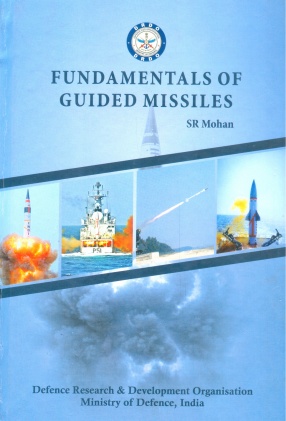The Association of Southeast Asian Nations: ASEAN: Conflict and Development
This study provides a structural analysis of ASEAN's role in Southeast Asia's regional development and conflict. Part I of the book concentrates on ASEAN's dispute management mechanism and applies Robert Fritz's theory of structural dynamics. It introduces the main structural factors influencing the organization's dispute management system and identifies avoidance and consensus building as the two central procedures. ASEAN's oscillation between success and failure is also discussed by identifying the root causes underlying the structural instability. How to overcome ASEAN's internal organization conflicts leading to oscillation through structural dynamics is also discussed. It concludes by presenting a general overview of ASEAN's role in dealing with regional conflict through preventive diplomacy and possibly peace-building.
Part II concentrates on socio-economic development and trade. It provides an overview of socio-economic development in the region as well as some important intra-regional trade barriers. It applies structural dynamics to the problem of economic and trade oscillation in ASEAN.
Based on ASEAN's official goal of creating a socio-cultural community, Part III of the book tackles the structural conflicts present due to the regionÕs diverse socio-cultural makeup. The complementary processes of avoidance and consensus building are presented as the central mechanisms through which ASEAN can construct shared norms and thus overcome inherent organizational conflicts. It also presents an overview of ASEAN's path towards a socio-cultural community through a structural lens.
Part IV of the book presents general conclusions and proposes possible future directions for further research. It ties together the three parts by providing an overview of ASEAN's future in the region's development and conflict.
Get it now and save 10%
BECOME A MEMBER









Bibliographic information